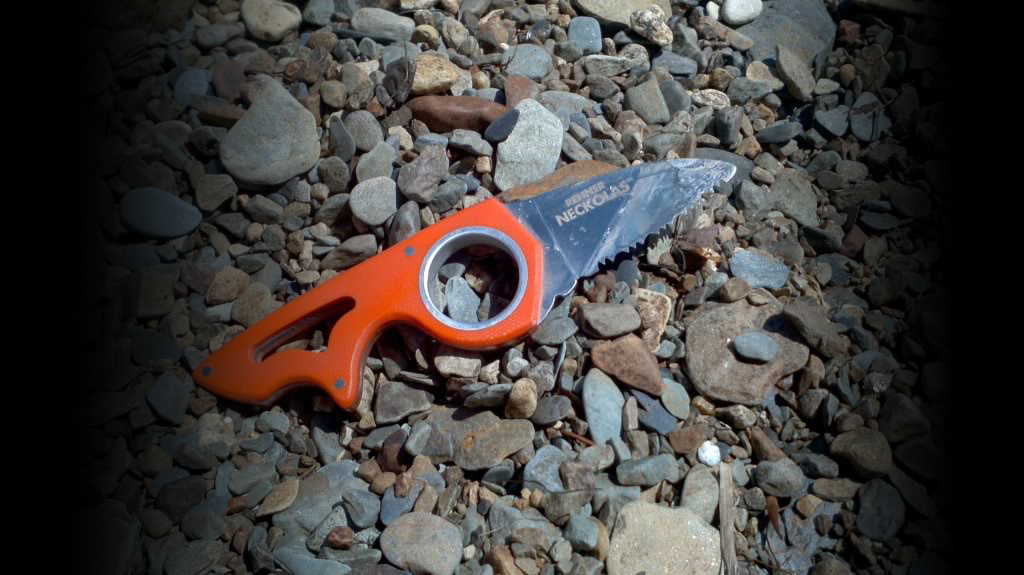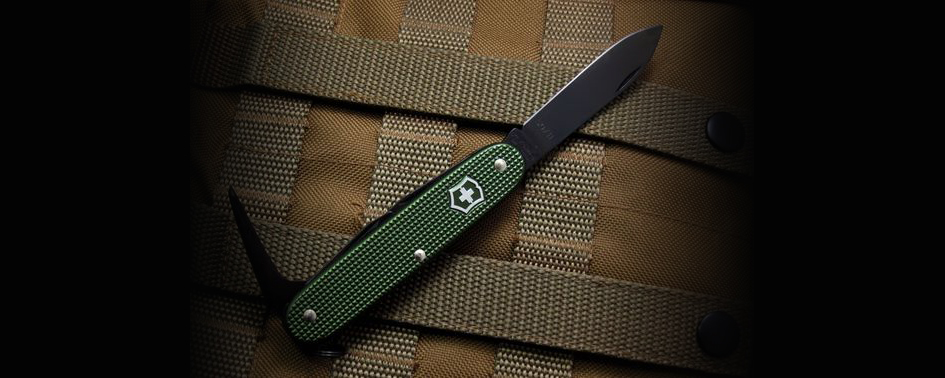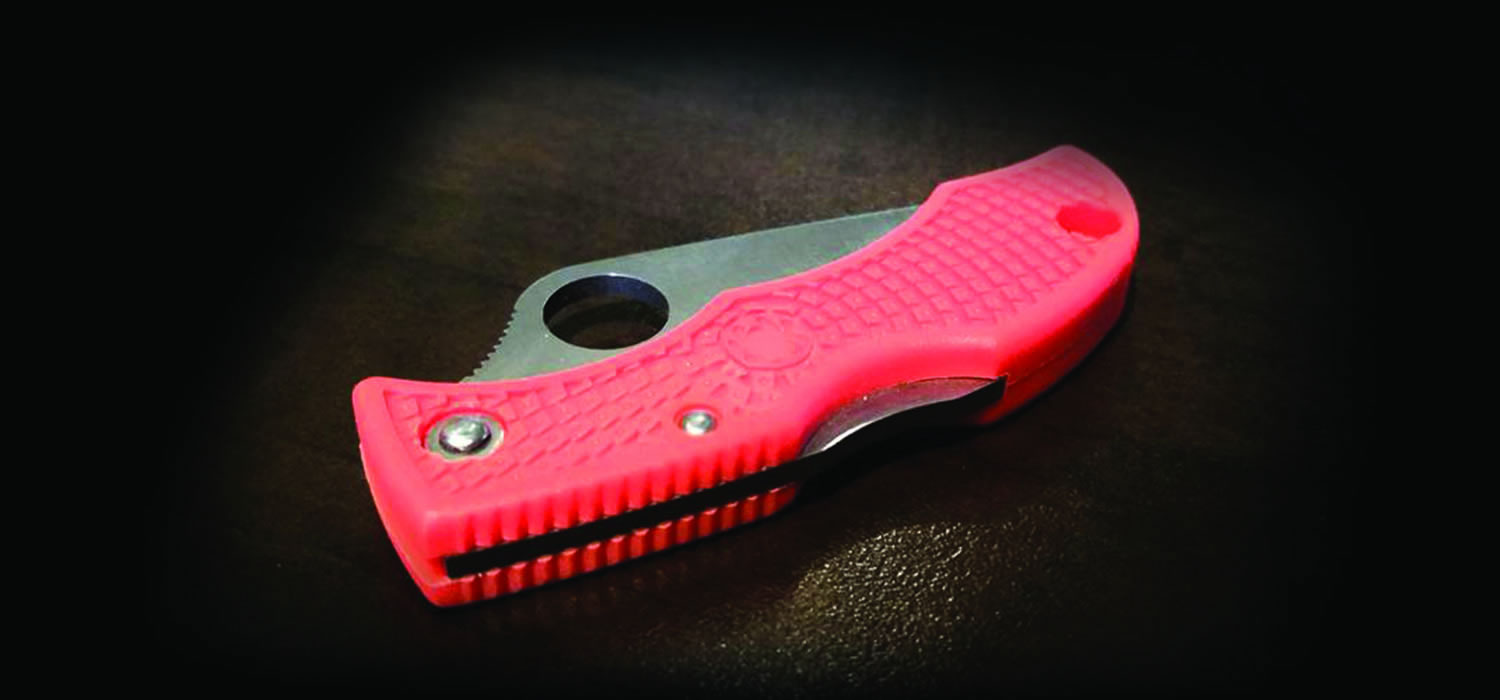Stephen’s background is as compelling as the tool he’s created. Raised in a cramped two-bedroom apartment in Columbus, Ohio, by a single mother of six, Stephen didn’t grow up with much. But what he did have was an innate curiosity, resourcefulness, and a knack for fixing things. Without access to real tools, he improvised—using a steak knife as a Phillips driver and a butter knife as a flathead or pry bar. That DIY spirit stayed with him. Over the years, he became the go-to fix-it guy in his neighborhood, eventually sharpening kitchen knives for free. That effort evolved into bartering services with local restaurants. For Stephen, it wasn’t just about fixing—it was about empowering others to take pride in their tools.
It’s this hands-on, no-frills mentality that informs everything about the Aaron 1, Stephen’s flagship tool. At first glance, it may look like a pry bar, but don’t be fooled—Tungsten, while incredibly hard, isn’t well-suited for prying. Instead, the Aaron 1 is a multi-surface sharpening, scraping, and marking tool, designed with a practical twist on the traditional carbide sharpener.

Let’s be honest—carbide sharpeners don’t have the best reputation in the EDC world. They’re often criticized for removing too much material and leaving rough, uneven edges. But the Aaron 1 turns that concept on its head. Rather than a set-angle insert or cheap pull-through slots, the entire surface of the tool—textured and faceted—is designed to do the work. It’s not a guided sharpener, it’s a tool that lets you bring your own skill into the equation.
You can use it to touch up a knife, restore a shovel, or even clean up the edge of a lawnmower blade. And when it comes to creativity, this tool is only limited by your imagination.

On the show side, the left edge features a chisel-like face that excels at scraping—whether you're removing stickers, cleaning up dried gunk, or even stripping paint. The flat surface of the tool is mildly textured, ideal for light honing after sharpening. It’s not aggressive, but it’s enough for a quick touch-up in the field.
On the right side, there’s a pointed facet that almost resembles a tanto tip. It’s great for scoring materials—marking a cut line on wood, scoring plastic, or even scribing a line across glass.

Flip the tool over and you'll find the product name and some branding details. There are no printed instructions—Stephen relies instead on his helpful TikTok videos to guide users. And honestly, that’s fitting, because this tool isn’t about step-by-step directions. It’s about feel, intuition, and learning through use.
Sharpening with the Aaron 1 involves choosing one of its many 90-degree angles, aligning the tool roughly to a 20-degree bevel, and running it along your blade. It takes a bit of practice to master, but once you do, you’ll be surprised by the results. It’s not meant to replace your Work Sharp or bench stones, but it shines when you need to get an edge back in working condition—especially on tools where precision isn’t everything.

In that sense, the Aaron 1 truly thrives on utility. It’s ideal for gardening tools, machetes, axes, and anything that needs quick attention out in the yard or at the job site.
At its core, the Aaron 1 is humble in appearance, but rich in function. It’s a tool born from necessity, shaped by experience, and refined through imagination. I never thought I’d see a tool made entirely from Tungsten, but now that I have, I can’t stop thinking about what else is possible.
The Aaron 1 is as much a reflection of Stephen as it is a sharpening tool—it’s about resourcefulness, creativity, and empowering others to take pride in their gear. If you’re curious, you can grab one on his Etsy shop and check out his informative content on TikTok. There’s more cooking over at SPRTungsten—and if the Aaron 1 is anything to go by, you’ll want to keep an eye out.






